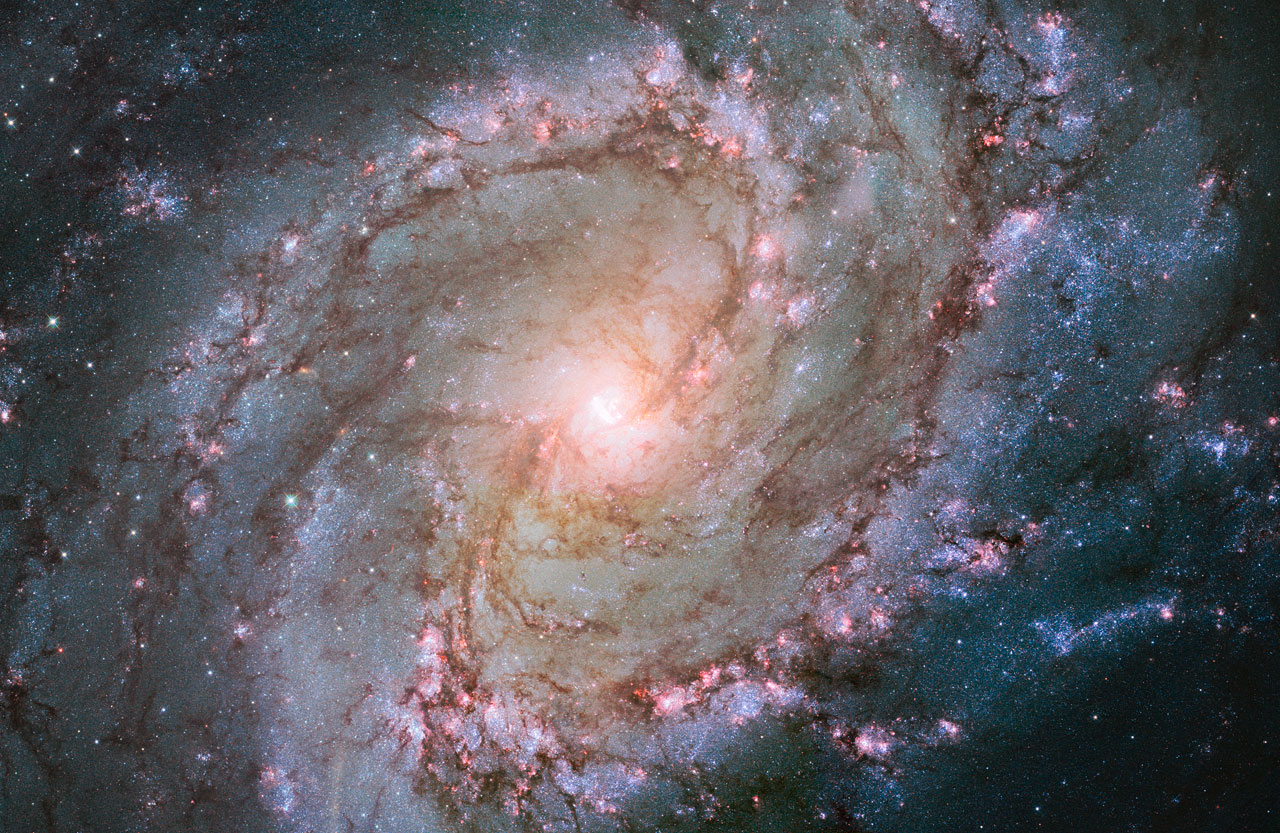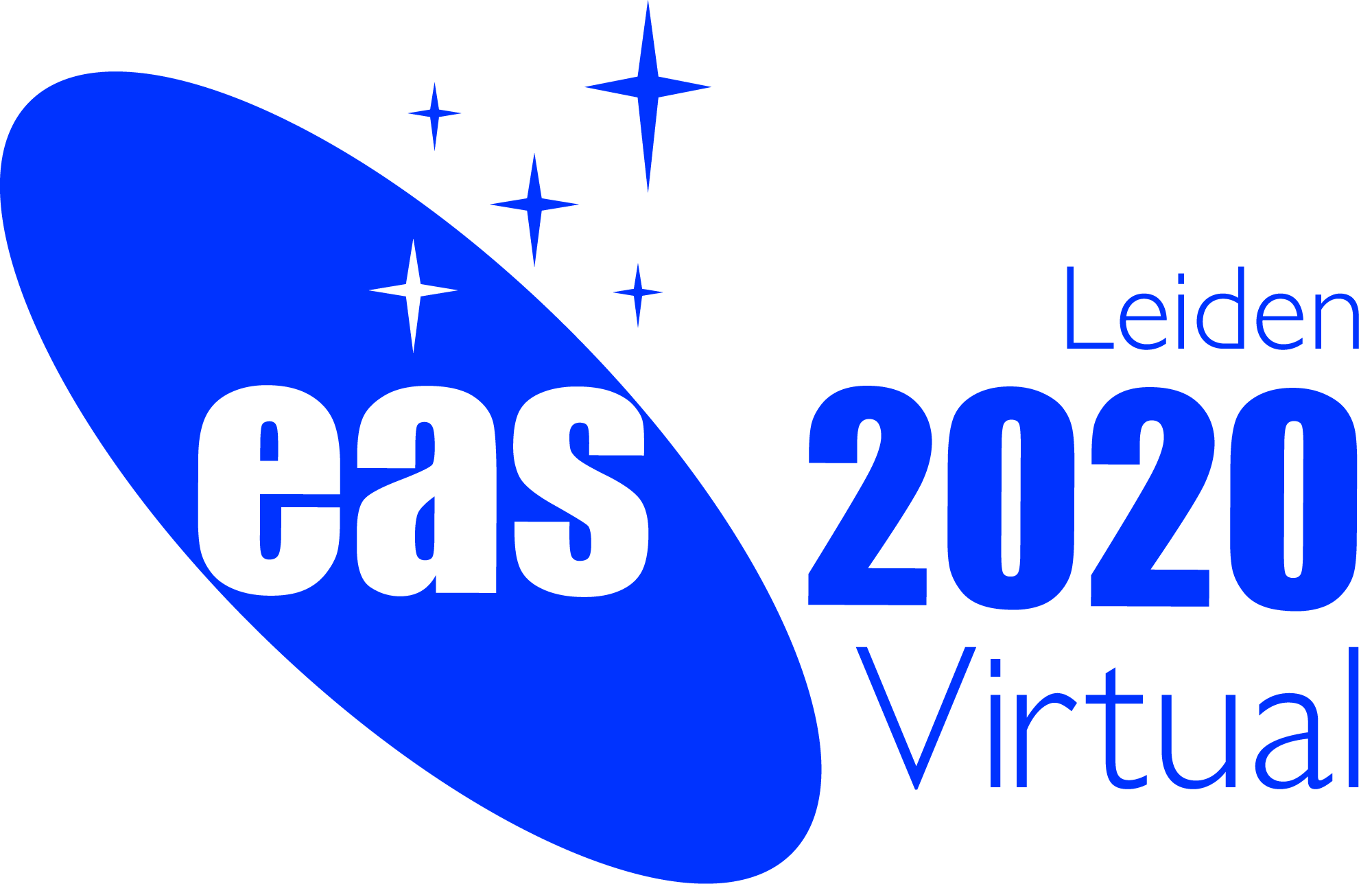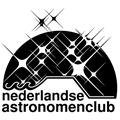Special Session SS20
3 July 2020
Supernova host environments
Aims and scope
 Supernovae (SNe) are some of the most prominent transient events in astronomy. They drive cosmic chemical evolution, and may trigger new episodes of star formation. Despite their importance, the progenitors of SNe are still not very well understood. During the last decade, there have been a number of detections of SN progenitors in pre-explosion images. While this is a powerful way to directly constrain SN progenitors, to date it has only been possible for a handful of objects. Alternatively, statistical studies of the host galaxies/local environments of SNe have derived useful constraints on their progenitor properties, and helped us understand specific transient features in relation to their environment. Surveying the implications of these latter results and looking to future environment studies, will be the focus of this proposed session.
Supernovae (SNe) are some of the most prominent transient events in astronomy. They drive cosmic chemical evolution, and may trigger new episodes of star formation. Despite their importance, the progenitors of SNe are still not very well understood. During the last decade, there have been a number of detections of SN progenitors in pre-explosion images. While this is a powerful way to directly constrain SN progenitors, to date it has only been possible for a handful of objects. Alternatively, statistical studies of the host galaxies/local environments of SNe have derived useful constraints on their progenitor properties, and helped us understand specific transient features in relation to their environment. Surveying the implications of these latter results and looking to future environment studies, will be the focus of this proposed session.
Type Ia SNe (SNe Ia) are found to explode in both early and late type galaxies, and their presence in the former constrains (at least a fraction of) their progenitors to be evolved systems. However, neither the exact range of ages from which progenitors explode, the delay time distribution, nor its relation to progenitor metallicity is well constrained. The continued use of SNe Ia as astrophysical probes demands a more precise understanding of their progenitors and explosion mechanisms. Investigating how SN Ia properties relate to their host environments can shed light on the origin of these explosions.
Core-collapse SNe signal the death throes of massive stars. Many works in the literature have used imaging and spectroscopy of their host galaxies, in particular their closest environment, to characterize properties such as the age and metallicity of the stellar populations, or the local star formation density. Those seminal works have been the base of Integral Field Spectroscopy (IFS) surveys of SN host galaxies such as PISCO and AMUSING, which are now producing large-number statistical results that constrain SN progenitors.
This session aims to bring together supernova and galaxy observers and theoreticians from different backgrounds to discuss: the physical properties of supernova host environments, the explosive events themselves, and the connections between both. We hope that the meeting will provide a suitable climate for collaboration between researchers working on different fields, as well as between theorists and observers.
Programme
- The environments (Galaxies): This session will focus on current works of galaxy stellar populations and ionized gas at a local (~kpc) scale, specially using IFS techniques.
- Thermonuclear explosions (SNeIa): This session cover host galaxy studies of type Ia SNe related or not to cosmology.
- Massive star explosions (CCSN): This session will focus on the environment properties that play a role in distinguishing among different core-collapse SN types.
Invited speakers
- Mickael Rigault (CNRS/in2p3, France)
- Maryam Arab Salmani (ICRAR/UWA, Australia)
- Timo Kravstov (University Of Turku, Finland)
Scientific organisers
- Joseph P. Anderson (ESO Santiago, Chile)
- Lluís Galbany (U. Granada, Spain) [Chair].
- Claudia P. Gutiérrez (U. Southampton, UK)
- Lisa Kelsey (U. Southampton, UK)
Contact
lgalbany @ ugr.es; janderso @ eso.org; C.P.Gutierrez-Avendano @ soton.ac.uk; L.Kelsey @ soton.ac.uk
Updated on Tue Mar 17 10:20:07 CET 2020
|

 A power cut will shut down all EAS services on Tuesday, 10 January 2017 starting at 7:30 CET.
A power cut will shut down all EAS services on Tuesday, 10 January 2017 starting at 7:30 CET.



